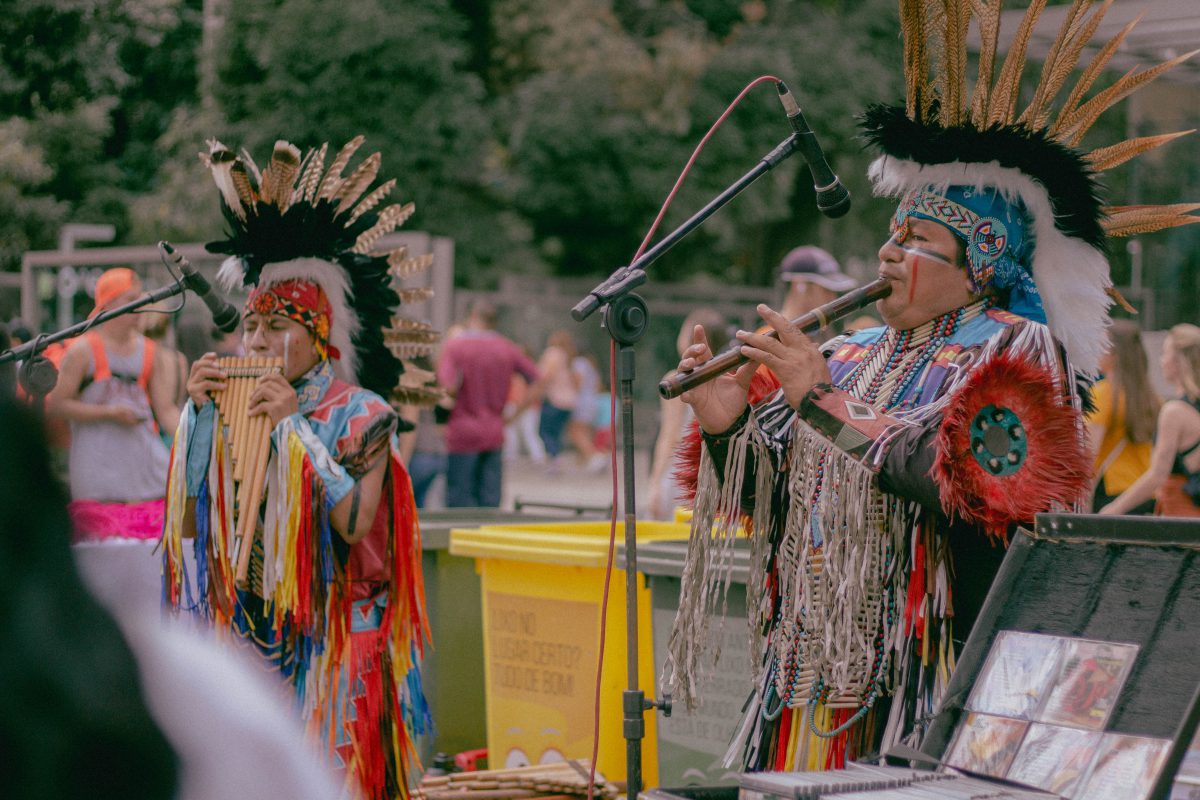By: Grant E. Loveless
The second Monday of October has been identified as Columbus Day since the year 1937; however, since 1977, many individuals have begun to call this day Indigenous Peoples’ Day to celebrate the lives and culture of Native Americans.
This day is centered on both celebration and reflection: celebrating people and their heritage, culture and tribal roots as well as reflecting on tragic stories in history that hurt, but in a way strengthened the Indigenous community.
Indigenous Peoples Day is a “holiday celebrating the original inhabitants of North America, observed instead of Columbus Day in some U.S localities,” according to the Associated Press Stylebook, with the goal to unify others as well as bring awareness to issues plaguing their communities. With this goal comes hardship as many still want to celebrate Christopher Columbus, a glorified figure who in reality scarred Indigenous people of America for centuries to come.
Too often do many forget that Indigenous people were ravaged by diseases brought over from Europe, forced from their tribal land as the United States expanded and, even more recently, sterilized in large numbers.
For the Native community, Columbus Day has long been hurtful. It negatively affects and hurts those who are Indigenous and glorifies the violent history of 500 years of colonial oppression at the hands of European explorers and those who settled in the United States — history in which many Native and Indigenous folx say still has ramifications and wounds that run deep today.
Many states have taken initiative to celebrate the second Monday of October while also celebrating the culture and lives of Indigenous people by renaming the holiday. The movement to replace Columbus Day with Indigenous Peoples Day or Native American Day has gained momentum and spread to states, cities and towns across the United States.
Indigenous Peoples Day recognizes, and honors the beautiful cultures, traditions and lives of Indigeous People around the world. At Austin Community College students and staff annually celebrate Indigenous Peoples Day by educating its community of Native American history.
Drawing attention to the trauma, broken treaties, broken promises and erasure brought by the celebration of Christopher Columbus. Prior to his arrival, Indigenous people were self-sufficient, thriving and successful communities that sustained and created life thousands of years.
For Indigenoeu Folx, Repeat This! “I am here. I am Indigenous. And I am brilliant.” This is your affirmation today as we MUST celebrate Indigenous Peoples’ Day for those who are gone, those who are here, and those who will be. Indigenous Peoples’ Day is so much more than a day, and we are counting on everyone to make that known.
To stand beside Indigenous people and say vote for people who will use their time in office to revitalize, invest and uplift communities of color.
Want to celebrate or honor Indigenous people today or be more mindful of the Indeigenous community? Here are five ways you can”
- Plant native plants where you are! It’s never too late to thank and show appreciation to Mother Earth.
- Read Indigenous literature!
- Attend an online or in-person Indigenous Peoples’ Day celebration!
- Help teach a more truthful history of Columbus and the Indigenous peoples of the Caribbean Islands!
- Learn more by advocating and showing solidarity for Indigenous Peoples’ Day.


